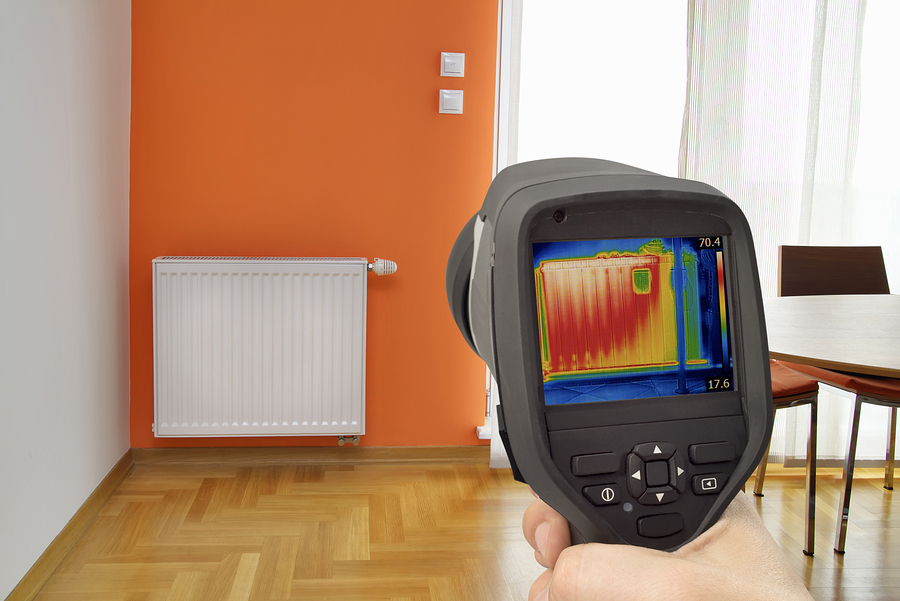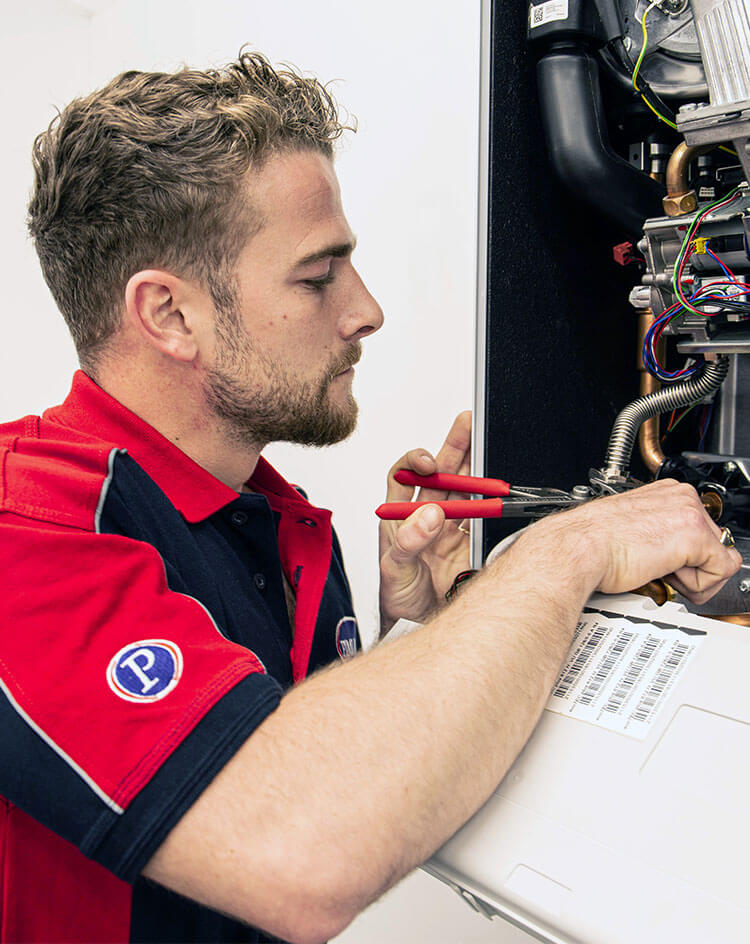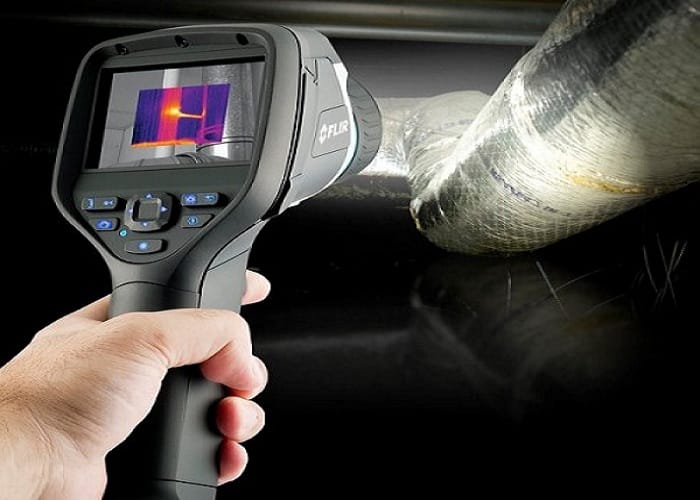Gas Drip Discovery Sensing Units
Gas leakage detection sensing units are vital tools in safeguarding against potential gas-related threats in different settings. Picture having the capability to quickly recognize unseen threats prior to they intensify, offering you with assurance and safety and security. These sensing units are designed to be aggressive, but there’s even more to their abilities than just detection. Let’s discover just how these devices operate and the critical function they play in preserving a risk-free environment.
Trick Takeaways
- Gas leak sensors provide very early leak discovery for prompt action.
- Setup guarantees residential property and life defense.
- Expense cost savings by protecting against gas waste.
- Stops expensive damage from leaks.
- Boosts safety and security with fast leakage alerts.
Types of Gas Sensors
Gas leakage detection sensors come in various kinds, each made for finding certain gases in different settings. When it comes to gas sensing unit option, it is crucial to contemplate the sort of gas you require to detect and the problems of the environment where the sensor will be put. Some typical types of gas sensing units consist of electrochemical sensing units, infrared sensing units, and semiconductor sensing units. Electrochemical sensing units are perfect for discovering gases like carbon monoxide and hydrogen sulfide. Infrared sensing units, on the other hand, are fantastic for spotting gases such as methane and gas. Semiconductor sensing units are suitable for finding gases like hydrogen and carbon monoxide.
When using gas sensing units, it is necessary to make certain they are placed strategically in locations where gas leaks are most likely to occur. Correct sensor application techniques entail mounting sensing units near potential leakage sources, guaranteeing adequate ventilation for gas dispersion, and frequently adjusting the sensors for accurate analyses. By understanding the various sorts of gas sensing units and executing proper sensing unit application strategies, you can properly find and protect against gas leaks in numerous setups.
Working Concepts
Comprehending just how gas leak discovery sensing units work is necessary to properly utilizing them in numerous environments. Gas leak discovery sensing units run based upon the concept of identifying details gases via communications with the target gas. These sensors generally consist of a picking up aspect that responds to the existence of the gas, resulting in a quantifiable outcome signal. The sensing unit operation includes the discovery of gas molecules binding to the noticing material, triggering a modification in electric conductivity or another quantifiable residential or commercial property. This change is after that exchanged an electrical signal that is refined by the sensing unit to identify the gas focus.
Sensor precision is crucial for reputable gas leakage detection. The precision of a gas sensor is determined by exactly how well it can compare various gases and measure their focus appropriately. Elements such as sensing unit calibration, environmental problems, and disturbance from various other gases can affect the precision of gas leakage discovery sensors. It is necessary to adjust sensors consistently and take into consideration the operating conditions to guarantee precise and trustworthy gas leak discovery.
Detection Technologies
Let’s discover the various types of sensors used for gas leak detection, the systems they use to pick up gas presence, and the latest advancements in detection innovation. Recognizing the selection of sensor kinds available, the noticing principles behind them, and the innovations being made in gas leak detection can aid you grasp the intricacy and effectiveness of these systems. underground leak detection From standard sensor kinds to innovative technologies, the area of gas leak discovery remains to develop to supply safer settings for numerous markets.
Sensing Unit Types Overview
Checking out a range of sensing unit types offers understanding into the diverse discovery modern technologies offered for gas leak detection. Sensing units come in numerous kinds and have details applications relying on the setting and gases they are developed to discover. When comparing sensor types for gas leak detection, aspects such as level of sensitivity, response time, precision, and cost ought to be thought about to figure out one of the most appropriate option for a certain setup.
Electrochemical sensors are typically made use of for identifying a variety of gases like carbon monoxide gas, hydrogen sulfide, and ammonia. They are affordable and offer excellent accuracy levels. Infrared factor sensors are optimal for detecting hydrocarbon gases, while photoionization detectors are effective for unpredictable organic compounds. Semiconductor sensors are versatile and utilized in a wide range of applications as a result of their small dimension and low cost. Catalytic bead sensing units are very sensitive to flammable gases and are typically utilized in commercial settings.
Understanding the sensing unit applications and performing a sensing unit contrast is crucial in selecting one of the most appropriate sensor type for reliable gas leak discovery.
Sensing Systems Discussed
Different gas leak discovery sensors operate based on distinct picking up mechanisms to identify the visibility of details gases in the surrounding atmosphere. Sensing unit precision and calibration play critical functions in guaranteeing the performance of gas detection and surveillance strategies.
As an example, electrochemical sensors rely upon chemical reactions to detect gases like carbon monoxide gas or hydrogen sulfide. Infrared sensors, on the other hand, discover gases by analyzing the absorption of infrared light. Semiconductor sensing units make use of adjustments in conductivity to identify gas existence, making them ideal for discovering combustible gases like methane. Photoionization detectors function by ionizing gas molecules utilizing ultraviolet light, enabling them to identify unpredictable organic compounds.
Each noticing mechanism has its toughness and restrictions, influencing sensing unit accuracy and calibration needs. Understanding the concepts behind these detection technologies is vital for choosing the ideal gas leak discovery sensor for details applications. By understanding just how each sensing unit operates, you can make informed decisions to ensure reliable gas detection and surveillance techniques.
Arising Detection Technologies
Gas leakage detection sensing units are constantly advancing with emerging discovery technologies in detection technologies that enhance precision and performance. Future trends in gas leak discovery sensors point in the direction of enhanced combination of expert system and machine learning algorithms to improve the speed and accuracy of leakage discovery. These innovations allow sensors to separate in between actual gas leaks and false alarms more effectively, decreasing unnecessary downtime and maintenance prices.
Market applications for these emerging detection advancements vary, varying from industrial settings to wise home systems. Sector innovations in gas leak detection sensing units include the advancement of cordless connection choices, enabling remote monitoring and control. Research study growths focus on enhancing sensor level of sensitivity and selectivity, making it possible for detection of a bigger series of gases at lower concentrations.
As technology remains to advancement, gas leak discovery sensing units are ending up being a lot more innovative and dependable, adding to more secure atmospheres and more effective operations throughout various markets. Keep tuned for additional innovations in this quickly advancing field.
Sensor Positioning Guidelines
Consider tactically placing the gas leakage discovery sensing units in locations prone to leaks or where gas accumulation is probably to happen. To enhance monitoring, set up sensing units in perfect locations where the sensing unit variety can cover the optimum area. When deciding on the sensing unit placement, think about prospective leak sources such as gas pipes, valves, fittings, and appliances.
For setup pointers, make sure to position sensors near the ground as gas is heavier than air and tends to clear up in low-lying areas. In addition, area sensing units in locations where air flow is marginal to avoid incorrect readings brought on by drafts. Routinely check and keep sensing units to ensure they are running correctly.
To improve surveillance strategies, take into consideration mounting sensing units in enclosed spaces, basements, near heating and cooling systems, and in kitchens or utility rooms where gas devices exist. By tactically positioning gas leak discovery sensors and complying with correct setup ideas and monitoring methods, you can efficiently find and stop gas leaks in your environment.
Importance of Calibration
You have to comprehend the importance of calibration for your gas leak discovery sensing units. Appropriate sensor calibration is necessary in ensuring precise analyses. Ignoring this essential step can bring about unstable information and potential safety threats.
Appropriate Sensing Unit Calibration
Appropriate modification of gas leak discovery sensors is required to make certain accurate and trustworthy analyses. Adjustment approaches play a crucial role in guaranteeing that sensors give accurate dimensions of gas levels in various settings. By adjusting sensing units routinely, you keep their precision and boost general safety measures.
To accomplish best sensing unit precision, it’s necessary to follow producer guidelines for change procedures. These guidelines detail the certain steps needed to readjust sensors properly and maintain their integrity over time. Change techniques might vary based upon the kind of sensing unit and the gases being spotted. Recognizing these variations and utilizing the appropriate modification methods are important to attaining constant and reliable results.
Routine change not only enhances the precision of gas leakage discovery sensors but likewise prolongs their life expectancy and performance. Neglecting appropriate change can lead to false analyses, compromising the effectiveness of the sensing units in finding prospective gas leakages. Consequently, investing time and sources in accurate modification practices is crucial for ensuring the security of individuals and the atmosphere.

Making Certain Precise Analyses
Maintaining precise readings on gas leakage detection sensors counts heavily on specific calibration strategies. Calibration accuracy is essential to make certain that your sensors are detecting gas leakages properly. To achieve this, it is important to follow correct calibration procedures on a regular basis. Make sure to adjust your sensing units according to manufacturer standards and industry standards to assure accurate readings.
Along with calibration, sensing unit positioning techniques play a considerable duty in making sure specific gas leakage detection. Proper placement of sensors in locations where gas leakages are more than likely to take place can improve the efficiency of discovery. Take into consideration aspects such as air movement patterns, proximity to prospective leakage sources, and environmental problems when choosing where to position your sensing units.
Maintenance Tips
Consistently analyzing and checking gas leakage detection sensing units ensures their finest performance and reliability. To preserve peak performance, comply with advised sensing unit cleaning treatments. Dust and debris can build up on sensing units, impacting their precision. Make use of a soft cloth or a mild brush to cleanse the sensors occasionally. If you face any type of issues, utilize repairing techniques to determine and deal with troubles promptly. Understanding the sensor life expectancy is necessary for prompt replacement considerations. In time, sensors may wear away, leading to reduced efficiency. Maintain tabs on the sensor’s age and performance to figure out when a substitute is needed. By being positive with upkeep, you can improve the longevity and effectiveness of your gas leak discovery sensors. Remember, a clean sensing unit is important for spotting gas leakages efficiently and preventing possible risks.
Advantages of Gas Drip Sensing Units
To make best use of safety and security and peace of mind in your atmosphere, gas leak sensors use vital benefits. These devices provide a very early warning system that can spot gas leakages promptly, helping you protect against prospective disasters. By setting up gas leakage sensors, you not just safeguard your residential property and loved ones however likewise guarantee fast activity in situation of emergency situations.
One considerable advantage of gas leak sensors is price financial savings. By identifying leakages early on, you can prevent wastage of gas, which subsequently saves you cash on utility costs. In addition, punctual discovery and activity can stop pricey damages to your residential property that might arise from gas leaks.
Gas leakage sensing units likewise function as essential safety measures. They aid you preserve a protected setting by notifying you to any type of leakages, permitting you to evacuate the facilities and call emergency situation services if required. Investing in gas leak sensors is an effective way to enhance safety and security and safeguard your funds in the future.
Regularly Asked Questions
Can Gas Leakage Sensors Detect Several Sorts Of Gases Concurrently?
Yes, gas leakage sensing units can detect multiple selections of gases simultaneously. Nonetheless, there may be interference problems and cross sensitivity worries when trying to find different gases simultaneously. It is crucial to take these factors into account to guarantee the precision and reliability of the sensor readings. Routine calibration and maintenance can help minimize these difficulties and guarantee the correct functioning of the gas leakage detection sensing units.
Exactly How Typically Should Gas Drip Sensors Be Changed?

You must change gas leak sensors occasionally to guarantee accurate detection. Sensing unit life expectancy varies based upon modern technology and usage. Normal maintenance and monitoring can help expand the life-span of sensors. Advancements in sensing unit modern technology might provide longer-lasting alternatives. Take into consideration changing sensors every 5-7 years for peak efficiency. Regularly check producer suggestions for details sensor life expectancy and substitute guidelines to maintain security and effectiveness.
Do Gas Leak Sensors Work in Extreme Temperatures?
In severe temperature levels, electronic tools can be affected. Temperature level impacts on sensors can impact their accuracy. Sensing unit positioning is very important for best performance. Regular maintenance guarantees sensing units are working appropriately.
Are Wireless Gas Leak Sensors as Dependable as Wired Ones?
Wireless gas leakage sensors are usually as trustworthy as wired ones. The battery life and connectivity choices are crucial factors to consider. Setup is usually much easier with wireless sensors, however they may call for more maintenance to preserve consistent performance. See to it to pick a credible brand name understood for reliability and top quality. Assess your certain requirements and atmosphere to establish if cordless sensors are the best option for you.

Can Gas Leakage Sensors Differentiate In Between Natural Gas and Gas Leaks?
When it concerns setting apart in between gas and gas leaks, gas leak sensors differ in their level of sensitivity levels and precision. Some sensing units might battle to distinguish between the two gases, possibly resulting in duds. To avoid this, normal upkeep and calibration of the sensors are necessary. By making certain that your sensors are well-kept, you can reduce false alarms and boost the accuracy of leakage discovery.